Optimal Timing for Foundation Repairs
Foundation repairs are most effectively performed during specific times of the year when environmental conditions are most favorable. Understanding the optimal timing can help ensure the longevity and effectiveness of repairs, minimizing potential complications caused by weather or soil conditions.
Spring offers moderate temperatures and soil moisture levels, making it suitable for foundation work. However, heavy rains can sometimes delay projects.
Summer provides longer daylight hours and warm weather, but extreme heat and dry soil conditions may pose challenges for some repair techniques.
Fall typically features cooler temperatures and stable soil conditions, which can be ideal for foundation repairs before winter.
Winter is generally less suitable due to freezing temperatures and frozen ground, which can hinder excavation and soil stabilization efforts.

Spring's moderate weather helps facilitate soil movement and repair processes.
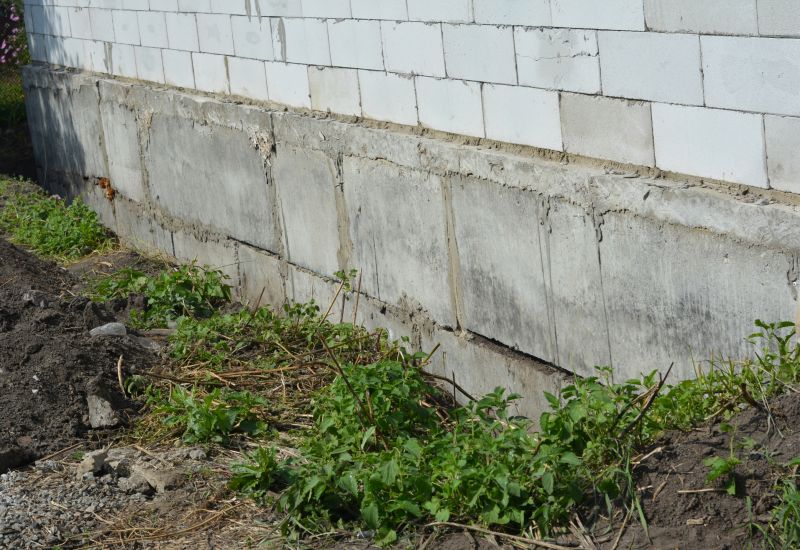
Warm summer conditions can accelerate certain repair techniques when soil moisture is adequate.
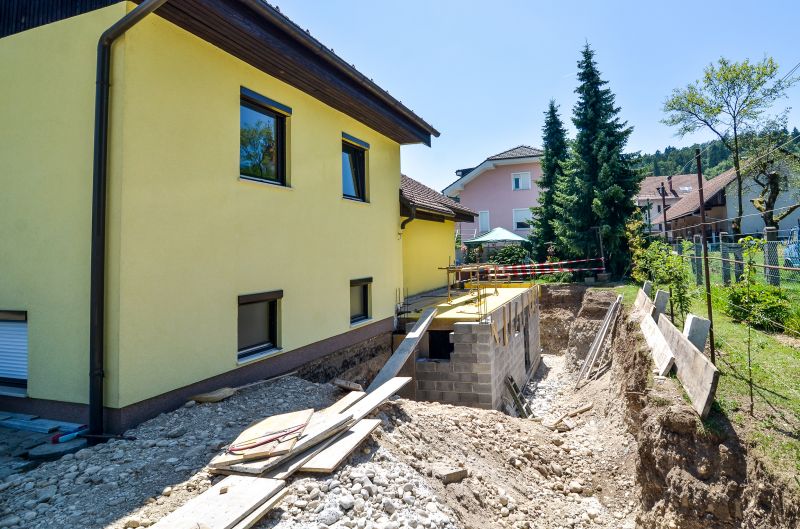
Fall's cooler temperatures and stable ground make it a preferred season for foundation work.

Ways to make Foundation Repairs work in tight or awkward layouts.

Popular materials for Foundation Repairs and why they hold up over time.
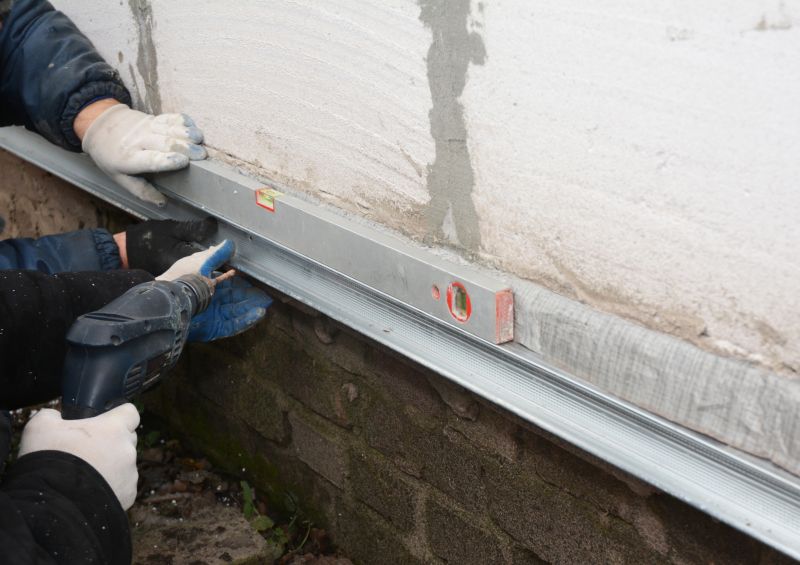
Simple add-ons that improve Foundation Repairs without blowing the budget.
| Season | Ideal Conditions |
|---|---|
| Spring | Moderate temperatures, manageable soil moisture, occasional rain |
| Summer | Warm weather, longer days, soil may be dry |
| Fall | Cooler temperatures, stable soil, less rain |
| Winter | Freezing temperatures, frozen ground, challenging conditions |
Foundation repairs involve addressing issues such as settling, cracks, and shifting foundations caused by soil movement, moisture variations, and structural stress. Proper timing enhances repair effectiveness, reduces the risk of future problems, and can lead to more cost-efficient solutions. Soil conditions and weather patterns significantly influence the success of foundation stabilization techniques. For example, excessive moisture or drought can exacerbate existing foundation issues, making timely repairs critical.
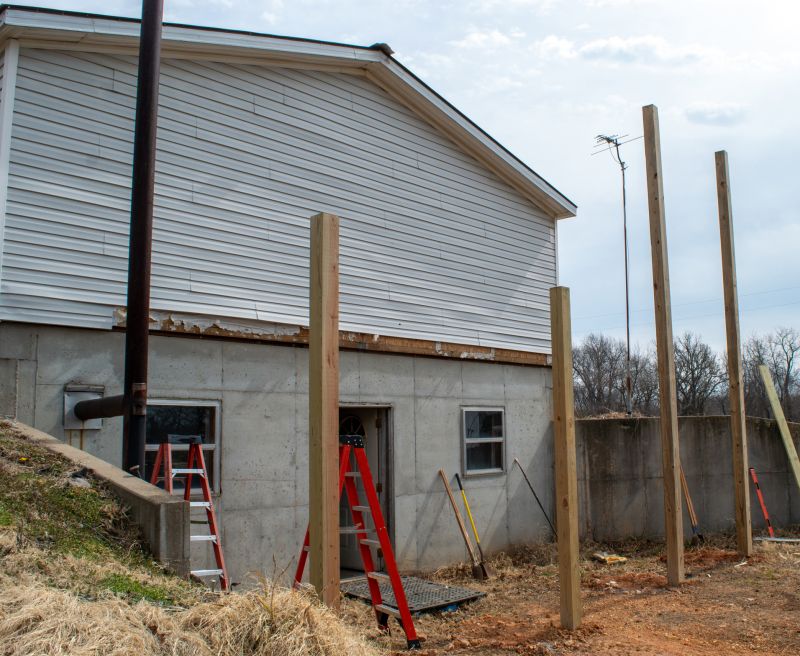
Visual representation of foundation stabilization techniques.

Images showing crack sealing and reinforcement methods.
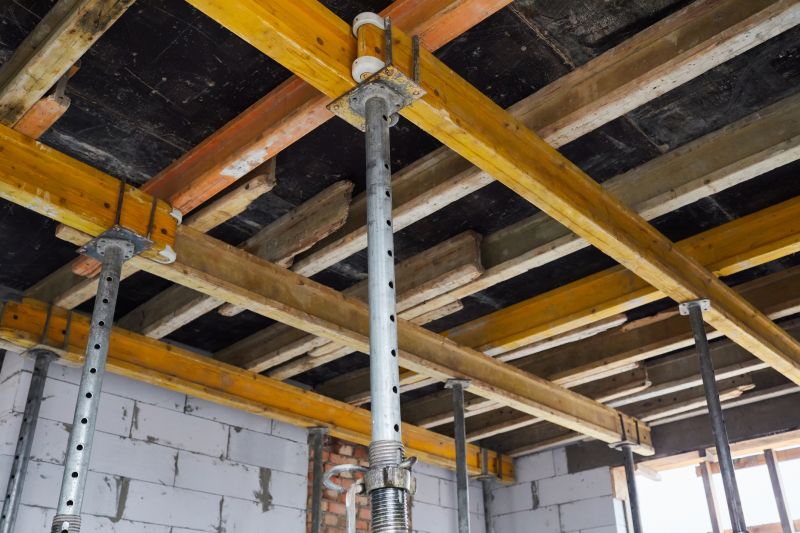
Support systems used in foundation stabilization.

Methods to improve soil conditions before repairs.
Timely foundation repairs are essential for maintaining structural integrity and preventing further damage. Recognizing the optimal seasons based on environmental conditions can help homeowners and property managers plan repairs more effectively. Consulting with foundation specialists ensures that repairs are performed during the most suitable periods, leading to better outcomes and long-lasting results.
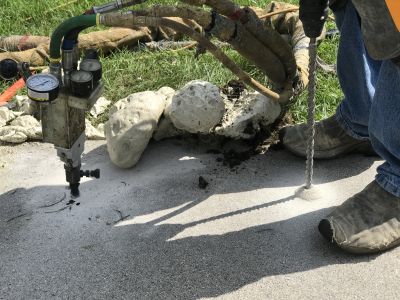
Tools and machinery used in foundation stabilization.
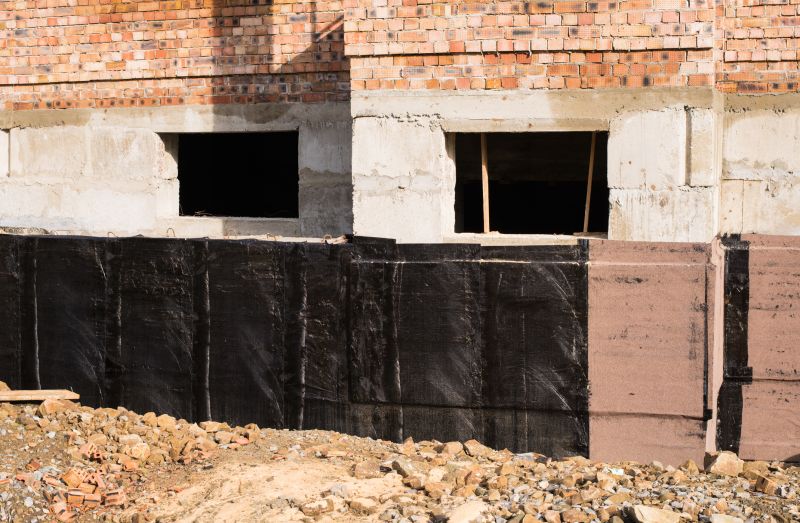
Visual comparison of repair results.
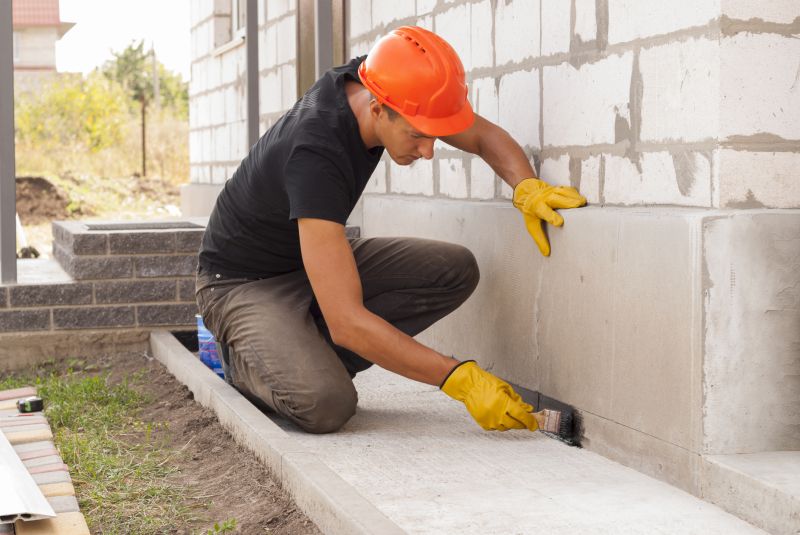
High-end options that actually feel worth it for Foundation Repairs.
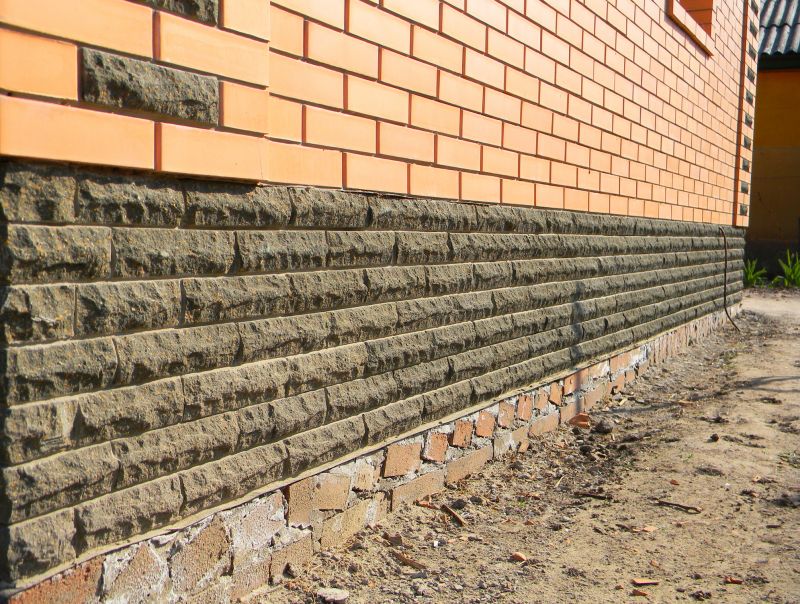
Finishes and colors that play nicely with Foundation Repairs.
For property owners considering foundation repairs, understanding the seasonal impacts on soil and weather conditions can lead to more effective and durable solutions. Proper timing minimizes disruptions and enhances the success of the repair process. Interested parties are encouraged to contact professionals to discuss the best timing for foundation stabilization efforts tailored to specific property conditions.

